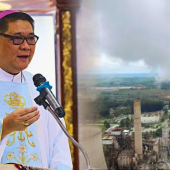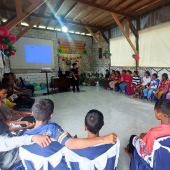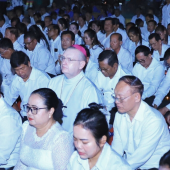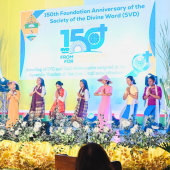Largest Marian gathering in Asia draws 950,000 devotees
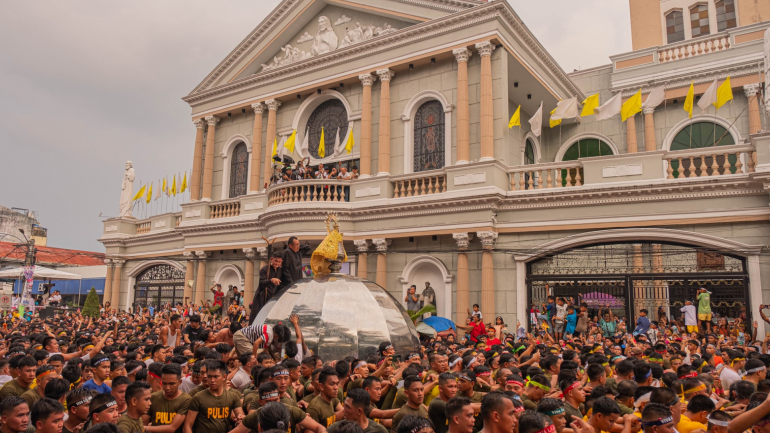
No less than 950,000 Marian devotees joined the Traslacion in Naga, a city in the province of Camarines Sur about 400 kilometers south of Manila, the Philippines' capital.
Devotees from Bicol as well as other parts of the country have come to join the procession or watch the annual religious observance.
"As per the official assessment conducted by the Joint Operations Center (JOC), the final crowd estimate for this year’s Traslacion procession reached an astonishing 950,000 devotees gathered to catch a glimpse of our beloved Divino Rostro [image of Jesus] and Ina [mother]," the Naga local government announced on its social media page.
The Traslacion is the transfer of the image of Our Lady of Peñafrancia from Minor Basilica to Naga Metropolitan Cathedral.
The Traslacion is part of the Peñafrancia Festival in Naga City.
Naga is known as a Pilgrim City.
The feast of Our Lady of Peñafrancia is celebrated yearly on the third Saturday or Sunday of September.
Known as the largest Marian gathering in Asia, the festival is celebrated in 15 towns in Camarines Sur.
Our Lady of Peñafrancia [fondly called Ina or Mother] is honored by Bicolanos as the patroness of the Bicol region, which covers six provinces, two of which are islands.
The festival's final and most-awaited part is the fluvial procession of the image from Naga Cathedral to the Minor Basilica.
The procession in the river can draw over a million people from different parts of the country and the globe.
A week or two before the fluvial procession, hotels and other accommodations in Naga are usually fully booked already.
The image of Our Lady of Peñafrancia is permanently enshrined in the Minor Basilica in Naga.- Oliver Samson
Radio Veritas Asia (RVA), a media platform of the Catholic Church, aims to share Christ. RVA started in 1969 as a continental Catholic radio station to serve Asian countries in their respective local language, thus earning the tag “the Voice of Asian Christianity.” Responding to the emerging context, RVA embraced media platforms to connect with the global Asian audience via its 21 language websites and various social media platforms.










